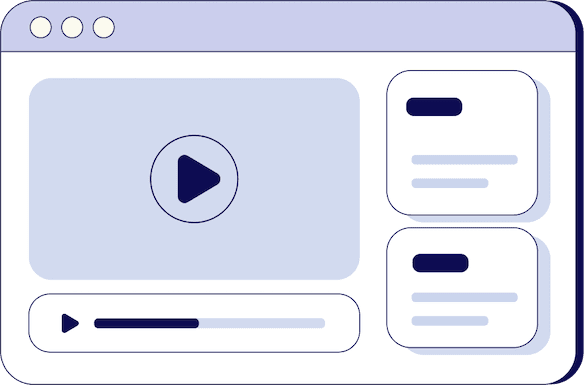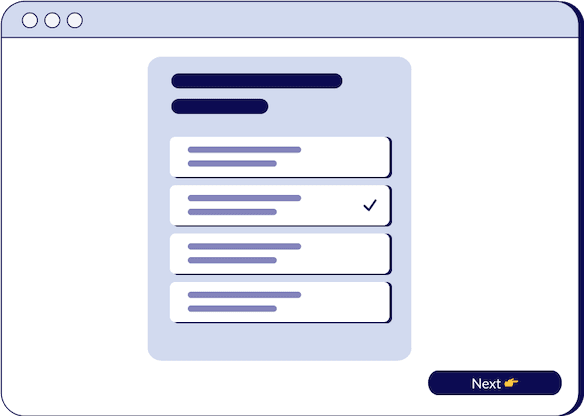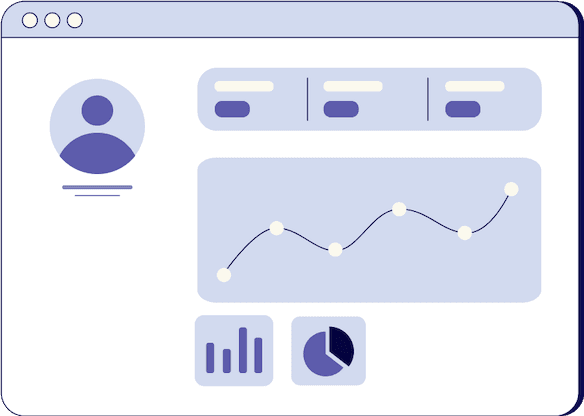
The LOC Implications Framework
Matt Doyon
Chief Executive Officer @ Triple Session

- duration
- 15 min
- Average Score
- 74%
- Stars
- 5
Sales professionals are always seeking effective ways to engage their prospects and drive meaningful conversations that lead to successful outcomes. One crucial aspect of sales conversations is understanding the implications of a problem or opportunity for the client. This is where the LOC framework comes into play. In this article, we will delve into the LOC framework, its components, and how to apply it in a sales discovery process.
What is the LOC Framework?
The LOC framework, an acronym for Link, Open, and Center, is a powerful tool that guides sales professionals in uncovering and exploring the implications of a problem or opportunity for their clients. It provides a structured and customer-centric approach to drive conversations that are valuable, insightful, and ultimately result in successful sales outcomes.
The LOC framework consists of three key elements: Link, Open, and Center. Let's explore each component and understand how they contribute to effective sales conversations.
Link: Connecting the Dots
The Link component of the LOC framework involves linking the information gathered during the discovery phase to the implications conversation. It is essential to restate and confirm the problem or opportunity identified with the client before diving into implications. By doing so, you build momentum and ensure that both parties are on the same page.
To establish the link, sales professionals should summarize the problem or opportunity and confirm their understanding with the client. This not only demonstrates active listening but also sets the stage for the implications conversation. It's crucial to use data and numbers provided by the client to support the link, reinforcing the cost of inaction and the importance of addressing the issue.
Open: Engaging the Prospect
Once the link is established, the Open component of the LOC framework comes into play. Open questions are designed to engage the prospect and encourage them to think about the downstream effects of not solving the problem or seizing the opportunity. These questions allow the prospect to take the conversation where they feel it is most relevant, providing valuable insights and creating a sense of ownership in the discussion.
Open questions can be framed in various ways, such as asking about the downstream effects, the impacts on other areas of the business, or what is motivating the prospect to address the issue. By using open questions, sales professionals demonstrate a forward-thinking perspective and enable the prospect to explore the implications from their unique vantage point.
Center: Guiding the Conversation
If the prospect doesn't immediately delve into the heart of an implication, which happens on occasion, the Center component of the LOC framework comes into play. Centering questions help guide the conversation towards a potential implication that is likely to happen based on the sales professional's experience and business acumen.
Centering questions allow sales professionals to lead the prospect to specific implications that have been observed in previous cases or are commonly associated with the identified problem. By centering the conversation, the sales professional demonstrates expertise and helps the prospect gain a deeper understanding of the potential implications at hand.
Applying the LOC Framework: A Case Study
To illustrate how the LOC framework is applied in a real sales conversation, let's consider a case study involving selling HubSpot to a company called Rock Content. The initial problem identified was related to low MQL conversion rates, which were affecting the company's ability to achieve its sales targets.
In the LOC framework dialogue, the sales professional establishes the link by summarizing the problem and confirming their understanding with the prospect. They then proceed to ask an open implications question, inviting the prospect to consider the downstream effects of missing the sales targets. This open question encourages the prospect to share their thoughts and provides valuable insights into the potential implications.
If the prospect doesn't immediately delve into the heart of an implication, the sales professional employs centering questions to guide the conversation. These questions may involve referring to specific individuals within the organization who might be directly affected by the problem or drawing on previous experience to demonstrate common implications associated with the identified challenge.
Through the LOC framework dialogue, the sales professional successfully highlights the broader implications of the initial problem. From missing sales targets, the conversation evolves to fundraising and the risk of going out of business, showcasing the far-reaching effects that could occur if the underlying issue remains unresolved.
By utilizing the LOC framework for implications, sales professionals can enhance their discovery conversations and uncover valuable insights that drive urgency and decision-making. The Link component ensures a clear understanding between the parties, while the Open component encourages the prospect to explore the downstream effects of the problem or opportunity. Finally, the Center component guides the conversation towards specific implications, leveraging the sales professional's expertise.
To effectively apply the LOC framework, sales professionals should practice active listening, use data to support their understanding, and ask open and centering questions that resonate with the prospect's situation. By following this structured approach, sales professionals can create customer-centric conversations that establish credibility, foster engagement, and ultimately lead to successful sales outcomes.
In conclusion, the LOC framework is a powerful tool for sales professionals seeking to uncover and explore the implications of a problem or opportunity with their clients. By using the Link, Open, and Center components, sales professionals can guide conversations in a structured and customer-centric manner, leading to meaningful insights and successful sales outcomes. So, next time you engage in a discovery conversation, remember to LOC in the implications and unlock the potential for a fruitful partnership with your client.
How Triple Session works
Training, Testing, & Feedback
Triple Session's proven formula accelerates your sales performance through consistent, organized practice, backed by measurable results.

Bite-Sized Knowledge
Our expert-led video sessions simplify complex sales concepts into easy-to-digest 5-15 minute videos for better retention.

Test Your Understanding
After each session, there will be a quiz to test your understanding and help you improve on any areas that need more attention.

Evaluate and Grow
Get progress snapshots after each quiz to track your improvements and achieve your sales mastery goals.